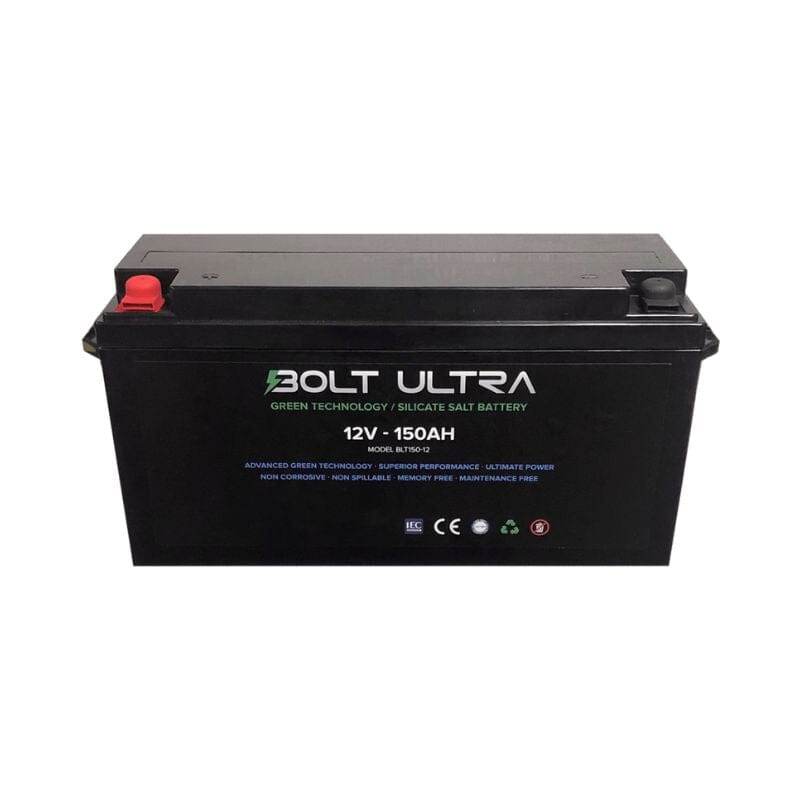hankcurt
Solar Enthusiast
There are insulated boxes, and then there are INSULATED boxes. The answer to your question is calculable if you know the combined square footage of surface area of all sides of your box, the temperature difference you want to maintain, and the R-value of your insulation. This assumes you have no thermal bridges in the insulation and no air leaks.OK. I guess the thing to do is build an insulated box, put a heating pad in the bottom, set an old lead acid battery on top for thermal mass, and use a recording thermometer to track box and ambient temperature over the winter. Then I'd have some data on how much heat solar makes during the day, and how much it'll cool off overnight.
For instance, if you build a box that is 2 ft wide, 2ft high and 3 ft long (which would be enough space for a 15kwh LiFePO4 battery), it would have a total surface area of 32 sq. ft. If you want it to be 60°F inside when it is -30°F outside, and the box has R-15 walls, the loss of heat would be 192 BTU per hour. There are 3.41 BTU/hr per watt, so the power required to keep it warm would be 56 watts. To maintain that over a day would require about 1.3 kwh of energy. Better insulation, a smaller box, or a reduced temperature difference all will reduce the power required.
The heat loss calculator is available on this web page.




